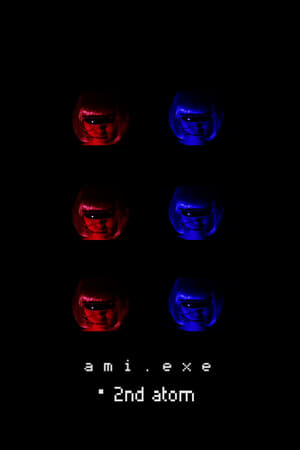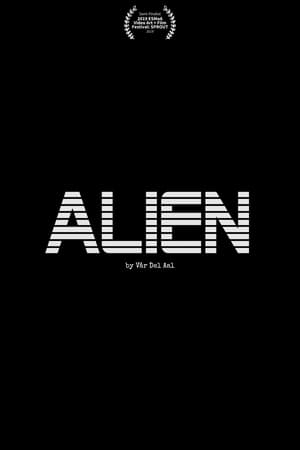
ami. exe・2nd atom(2018)
Paint your teeth
The Dream Man invited Ami to his party.
Movie: ami. exe・2nd atom
Top 8 Billed Cast
Ami
Hinden
Person 1
Person 2
Person 3
Person 4
Person 5
Similar Movies
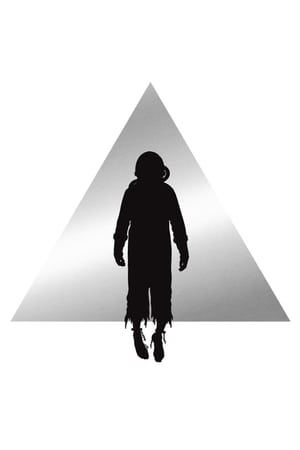 6.0
6.0Clipping: Splendor & Misery(en)
A surreal post-apocalyptic drama by Patrick Kennelly inspired by the clipping. album “Splendor & Misery”
 0.0
0.0Islands(tl)
ISLANDS explores a cinematic journey of two astronauts. As they enter Earth’s atmosphere the structure transforms. The spacecraft becomes the meteor from a myth of a tribesman; it triggers an old lady’s memory of a lover from her past. As these diverse characters converge in a plane of reality, we confront a particular form of gravity we covertly feel—falling in love.
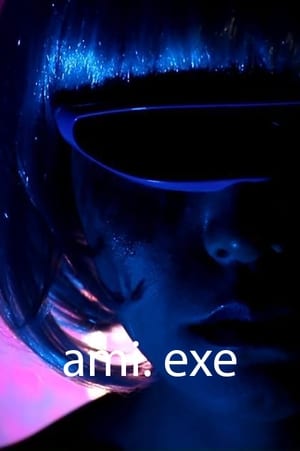 4.0
4.0ami. exe(ja)
Wanderings of the young Ami in the streets of Kabukicho, Tokyo.
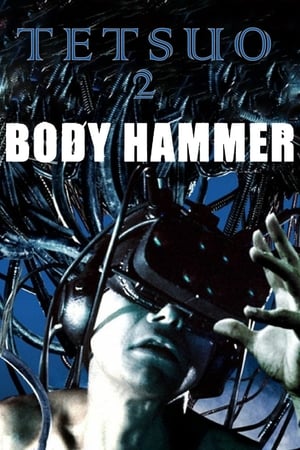 6.2
6.2Tetsuo II: Body Hammer(ja)
A Japanese salaryman finds his body transforming into a weapon through sheer rage after his son is kidnapped by a gang of violent thugs.
 5.0
5.0Ciro-Norte(es)
On stormy night in an ugly urban landscape, Ciro Norte, a scientist with wild hair and thick glasses, straps himself to a chair he's has fashioned with wires: lightening strikes, convulsing him. It seems his experiment has not worked. The next day, he drives his jalopy to a bar, sits alone, and weeps. But suddenly, a vortex sucks him into a dream state where he wanders, escapes man-eating fish, confronts his doppelganger, walks through a field of giant flowers, and comes upon Venus herself, buried up to her shoulders in sand. She is a giant, and she takes him to her breast. He wakes from the vortex, back in the bar, his mood transformed.
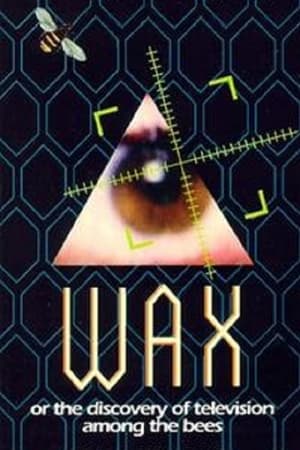 6.5
6.5Wax, or The Discovery of Television Among the Bees(en)
Computer programmer/beekeeper Jacob gets a "television" implanted in his brain by a race of telekinetic bees, which causes him to experience severe hallucinations.
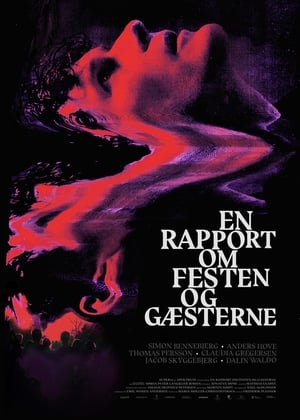 1.0
1.0A Report on the Party and the Guests(da)
Europe, 2028. A humanlike creature washes ashore, carrying with him a motionless body he calls his mother. He is on a mission of some kind, reporting on the dwindling human activity in an increasingly automated world.
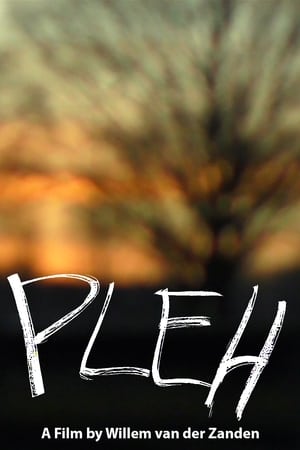 0.0
0.0PLEH(nl)
An experimental journey through a year in the life of the director, using his always playing playlist to cross the boundaries of fiction and documentary. Through scenes of both comedy and tragedy, realistic documentary footage and experimental sequences of the director's environment and daily life we get a sometimes estranging image of a young man and also an intriguing insight in his mindset and how this translates to the imagery on screen.
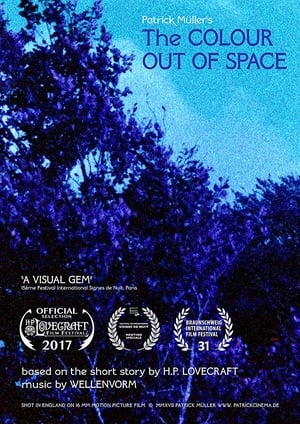 5.1
5.1The Colour Out of Space(en)
A meteorite, strange vegetation, a colour: an experimental take on H.P. Lovecraft's spiral into madness, shot with a vintage camera on truly unique LomoChrome 16mm film.
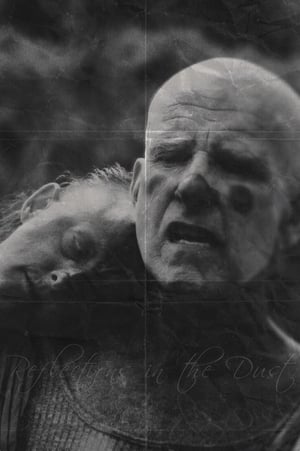 0.0
0.0Reflections in the Dust(en)
“I don’t believe in love because I’ve never seen it,” responds a young woman to an unseen interviewer in the first few minutes of the movie. This bleak portrait of loneliness and social exclusion is set on the edge of a desolate swamp where an aging clown and his daughter are struggling to survive. The location could be the end of the world, a place where hope has vanished along with a belief in the afterlife and the existence of God. The two unfortunates live together without the likelihood of change, as fear, aggression, and anger take hold of them – but they also experience sudden moments of tenderness.
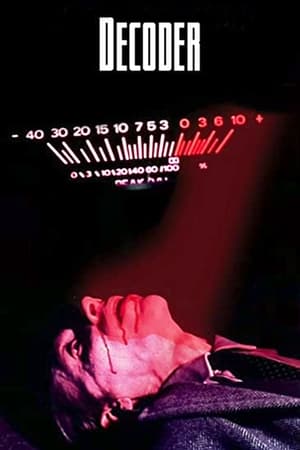 6.2
6.2Decoder(de)
F.M. discovers that different sonic frequencies induce different patterns of behaviour in listeners, first in his own studio but later in the local "H-Burger" restaurant where the passive muzak appears to be wiping people's emotions.
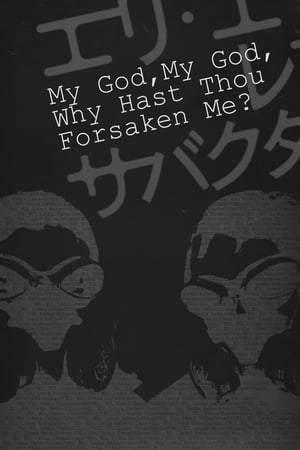 7.2
7.2My God, My God, Why Hast Thou Forsaken Me?(ja)
A.D. 2015: A virus has been spreading in many cities worldwide. It is a suicidal disease and the virus is infected by pictures. People, once infected, come down with the disease, which leads to death. They have no way of fighting against this infection filled with fear and despair. The media calls the disease the "Lemming Syndrome".
M Phase(xx)
Mars, 2035. The daily wearout overtires the space’s station crew. The anger of one of the members arises, there is no other choice but to conceal it, in order to preserve the apparently cohesiveness of the team.
 0.0
0.0BARE BONES(en)
BARE BONES is an experimental short film written, directed and scored by DEBBY FRIDAY. Conceived during the Covid-19 lockdown and shot in Vancouver, BC on 16mm, the film tells the story of a young woman who swallows a bee and begins to undergo a hallucinatory and transformative experience. Abstract visual sequences depict time and space fracturing around her as she succumbs to wave after wave of pure feeling.
 0.0
0.0The Lady, or the Tiger?(en)
A visually experimental adaptation of the classic Frank Stockton short story.
 2.0
2.0Apple Pie(en)
Shot on 16mm celluloid across parts of New Zealand and Samoa, interdisciplinary artist Sam Hamilton’s ten-part experimental magnum opus makes thought-provoking connections between life on Earth and the cosmos, and, ultimately, art and science. Structured around the ten most significant celestial bodies of the Milky Way, Apple Pie’s inquiry begins with the furthest point in our solar system, Pluto, as a lens back towards our home planet and the ‘mechanisms by which certain aspects of scientific knowledge are digested, appropriated and subsequently manifest within the general human complex’. Christopher Francis Schiel’s dry, functional narration brings a network of ideas about our existence into focus, while Hamilton’s visual tableaux, as an extension of his multifaceted practice, veer imaginatively between psychedelic imagery and performance art.
 3.0
3.0Book of Dreams: Welcome to Crateland(en)
Mona relates her dream. Crawling through an apparently endless wooden crate, she encounters diverse characters while the crate itself is moving towards a fiery destruction.
